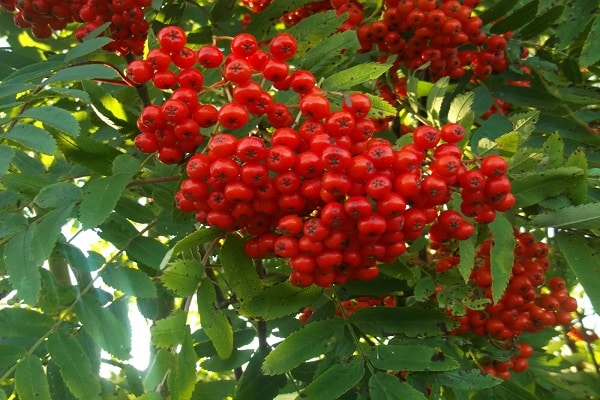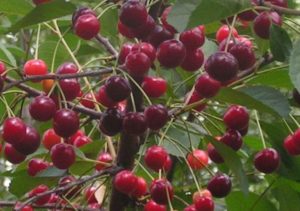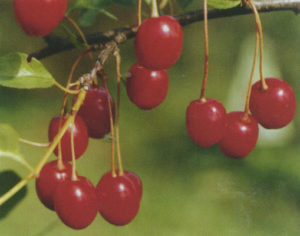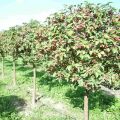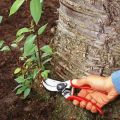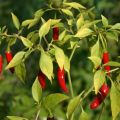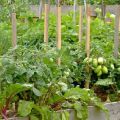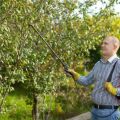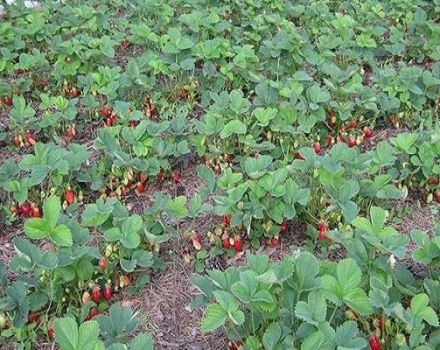What can be planted next to a cherry in the garden, compatibility with other plants and the right neighborhood
In order for all fruit and berry trees in the garden to bring a good harvest, it is necessary to take into account the soil and light conditions necessary for each of them, as well as the neighborhood. Experienced gardeners draw up a “map” - a diagram of the site, where all trees are marked, their age. The right neighborhood will provide crops with abundant fruiting and protection from diseases and pests. Let us analyze what trees and bushes can be planted next to cherries in order to provide them with the best conditions.
What should be considered when selecting neighbors?
In your own garden or vegetable garden, you can grow cherries in the neighborhood of any other plants, if you place them at a safe distance from each other.
The choice of a place for plants is based on several criteria:
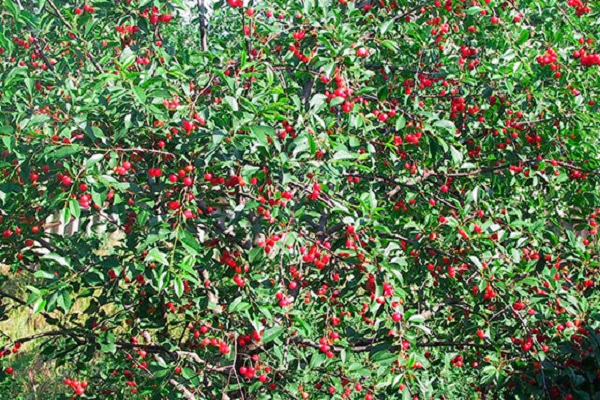
- soil composition;
- depth of groundwater;
- illumination;
- blown by winds;
- influence on neighboring cultures.
Trees are planted nearby, the roots of which lie at different depths so that they do not compete for nutrients. It is important that the crowns of neighboring trees do not overlap light-loving cherries. Also take into account which trees can serve as pollinators for neighboring ones.
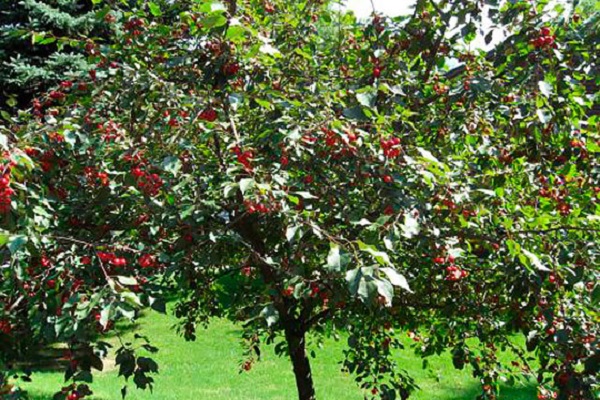
What is cherry compatible with?
Stone fruits planted next to each other in the garden is a good solution. A simple way out is to plant different varieties of cherries in groups so that the taller ones do not block the light with a low one and at a sufficient distance from one another. She is also friends with other stone fruits, for example, plums. You can plant cherries nearby, such a neighborhood will increase the yield.
Due to the wide superficial root system, it is not recommended to plant currant and raspberry bushes nearby so that the roots do not intertwine, there is no deficiency of minerals and nutrition from the soil.
Let's consider examples of successful compatibility with plants common in gardens.
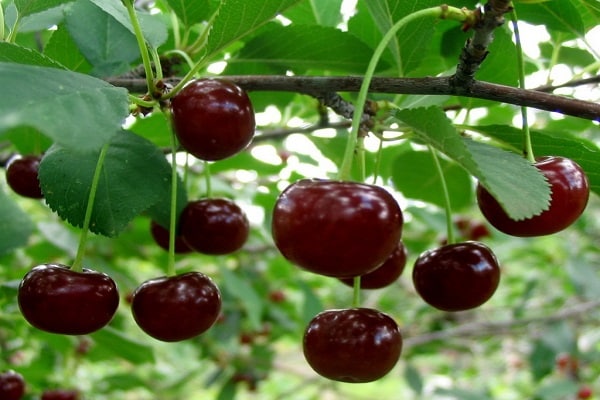
Sweet cherry
Stone fruits coexist well, you should not have only dwarf and tall varieties nearby so that the branches do not block the sun. If hybrid varieties are grown in the garden, they will be pollinated from close cherries, which will positively affect the yield of both crops.
Depending on the height and diameter of the crown of specific varieties distance between cherries and cherries should be 5-8 m.

Plum tree
Plum also belongs to stone fruits, in the vicinity of cherries, it does not pull nutrients from the soil, does not block the light. These plants help protect each other from disease.They are planted at a distance of 5 m from each other, so that the branches do not touch.
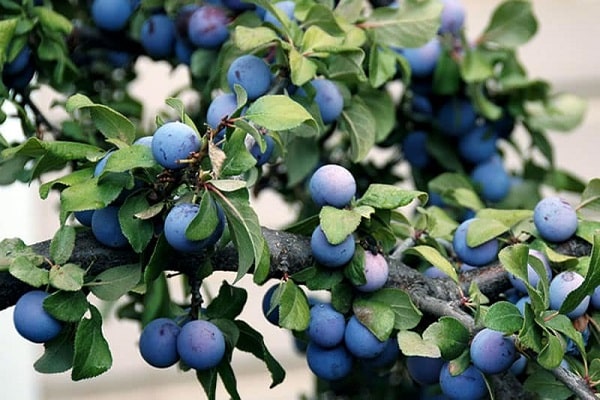
Elder
A useful neighbor, the smell of elderberries scares away cherry aphids, and the branches and roots of plants do not interfere with each other. Cilantro greens have a similar antiparasitic effect.

Honeysuckle
Low-growing honeysuckle bushes love partial shade, so they can be planted under stone fruits, at a distance of 2 m from the plant trunk.
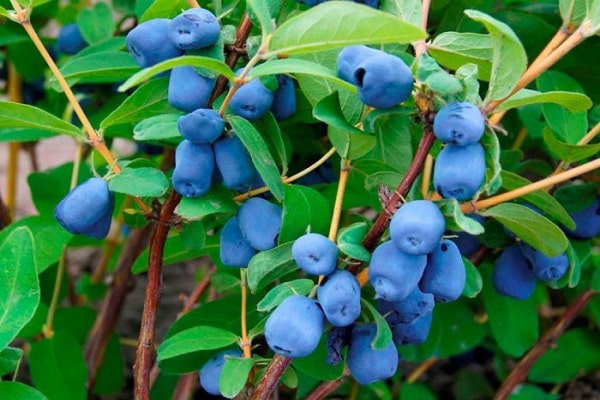
Grapes
The vine is undemanding to the neighborhood, it is planted under fruit crops at a distance of at least 1 meter. It is necessary to ensure that the grape shoots do not crawl onto the trunk and branches, otherwise the plants do not cause problems next to each other.
In the shade of a dense crown, small ornamental plants are planted that love darkening and do not create problems for the root system. These include periwinkle, budra, creeping tenacious, beautiful snowdrops and primrose, fragrant mint and lemon balm.

Unwanted neighbors
It is not recommended to plant bushes and trees closer than 1 meter from the cherry trunk. The danger is the neighborhood with crops that are carriers of dangerous diseases and pests. Proximity to tall, sprawling trees deprives the cherry of the amount of sunlight needed for good growth and fruiting.
Cherry trees are affected alongside all nightshade crops, apple trees, and some other fruit trees.
Nightshade
Do not plant tomatoes, potatoes, peppers, eggplants and other vegetables of the nightshade family next to cherries. They are carriers of a dangerous disease - verticillium wilt - which affects the core of the cherry tree and leads to its death.
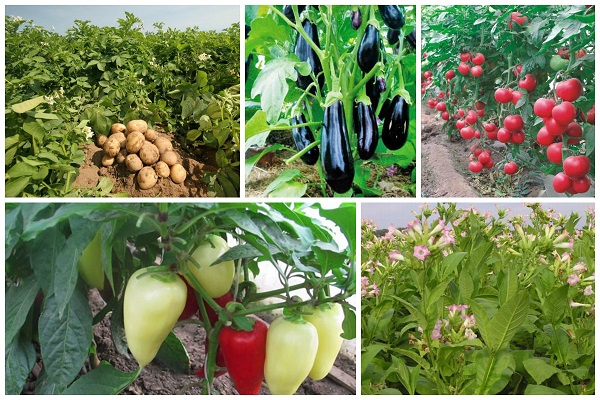
Raspberry, gooseberry
Raspberry and gooseberry bushes have a developed superficial root system. They take nutrients and minerals from the ground that cherries need to grow properly. Elderberry and honeysuckle are suitable shrubs for the neighborhood.
Cherries and raspberries are susceptible to the same diseases, planted side by side, they are constantly infected from each other.
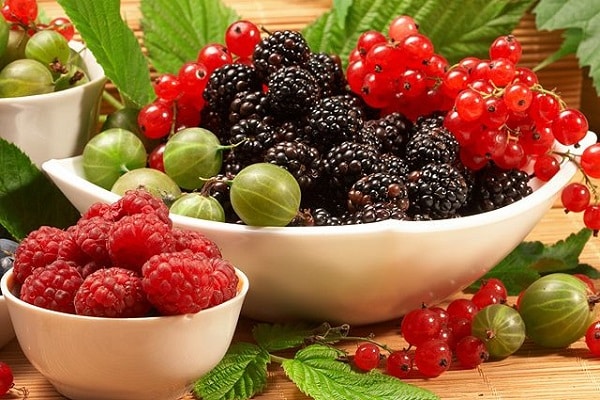
Sea buckthorn
This plant is planted separately from all others, since its powerful root system, developed in breadth and depth, takes up the bulk of the nutrients from the soil. Cherries will weaken and dry next to the sea buckthorn.
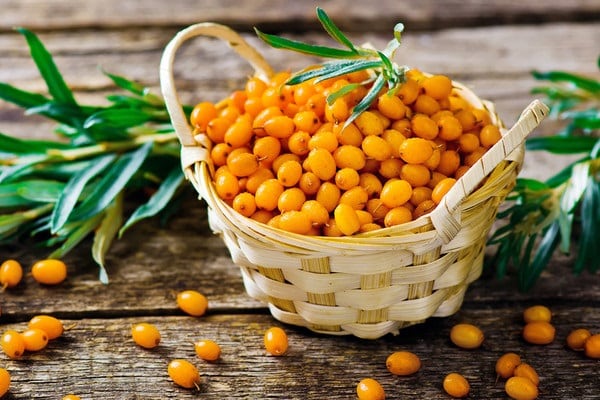
Apple tree compatibility
Pome fruits have an extensive, powerful root system and a spreading crown. The apple tree oppresses the cherries in the neighborhood, the distance between the trees should be 10 meters or more.
At the same time, the apple tree planted after them will feel great.
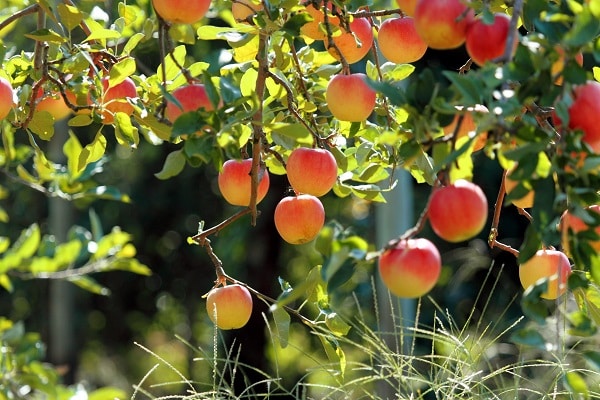
Pear
A similar situation is in the neighborhood with pears. Its crown creates a shadow, and the roots take a lot of necessary elements from the soil. At the same time, many varieties of pears are demanding on planting conditions, and at close range with cherries, both will suffer.
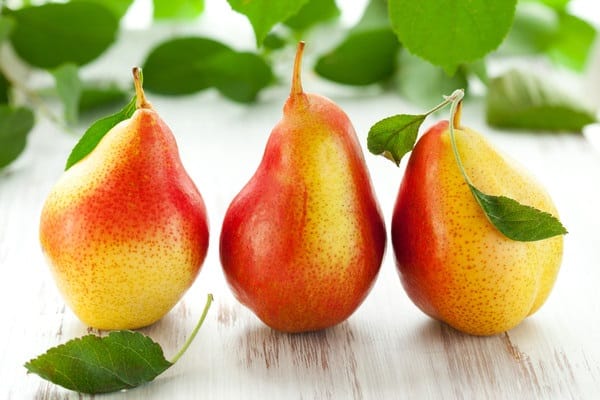
Black currant
Like raspberries and gooseberries, they have a wide and shallow root system. However, in this case, currants are worse off, they suffer from a lack of sunlight. These plants need different conditions of soil composition and care, so they are planted in different places in the garden.
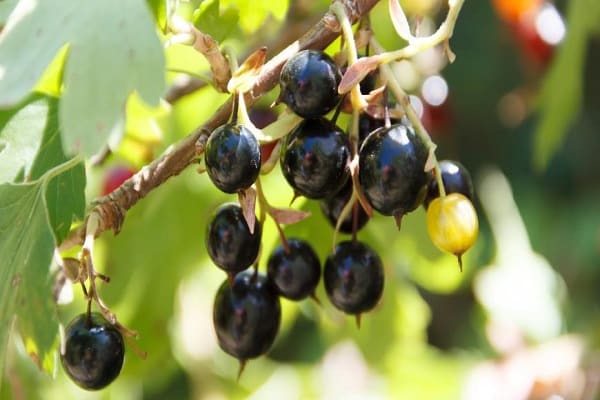
Peach
A tree demanding planting conditions and the choice of neighbors. The recommended distance from the cherry is 10 meters or more, otherwise the peach is very sick, the trunk is bare, and stops bearing fruit.

Apricot
Do not plant next to cherries for two reasons:
- Apricot loves loneliness, there should be no bushes and trees closer than 5 meters.
- These plants need fundamentally different conditions and care.
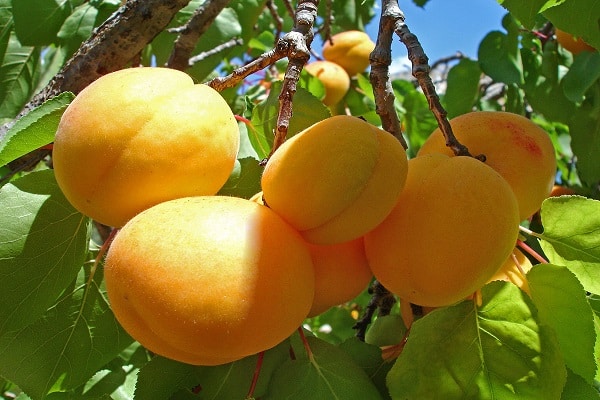
Red rowan
Weak and sick in such a neighborhood. However, rowan grows next to apple and pear trees.
If there are wild trees in the garden or on the outskirts of the site, cherries are not placed next to lindens, conifers, birches, maples, oak. The minimum distance from each other is 10 meters. These plants have strong, branched roots and prevent many garden crops from developing.
At first glance, a garden map seems to be a complex and unnecessary affair. When planting a plot from scratch, making maps is simple and interesting; in a garden with existing plants, they proceed from their characteristics. A serious approach to the placement of trees helps to get a lot of fruits and berries, reduces the complexity of treatment and feeding.
